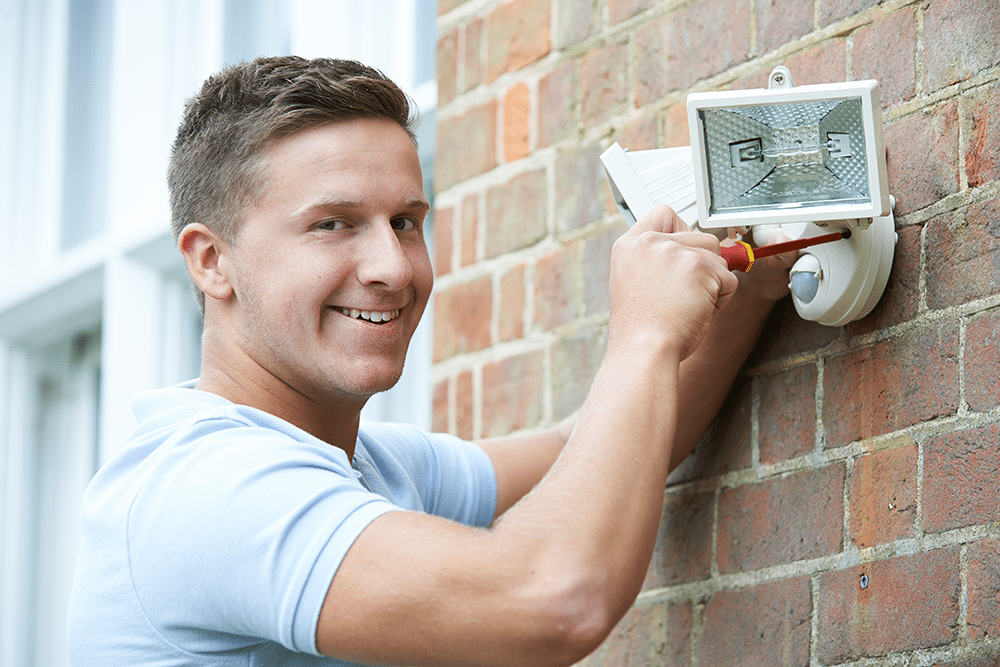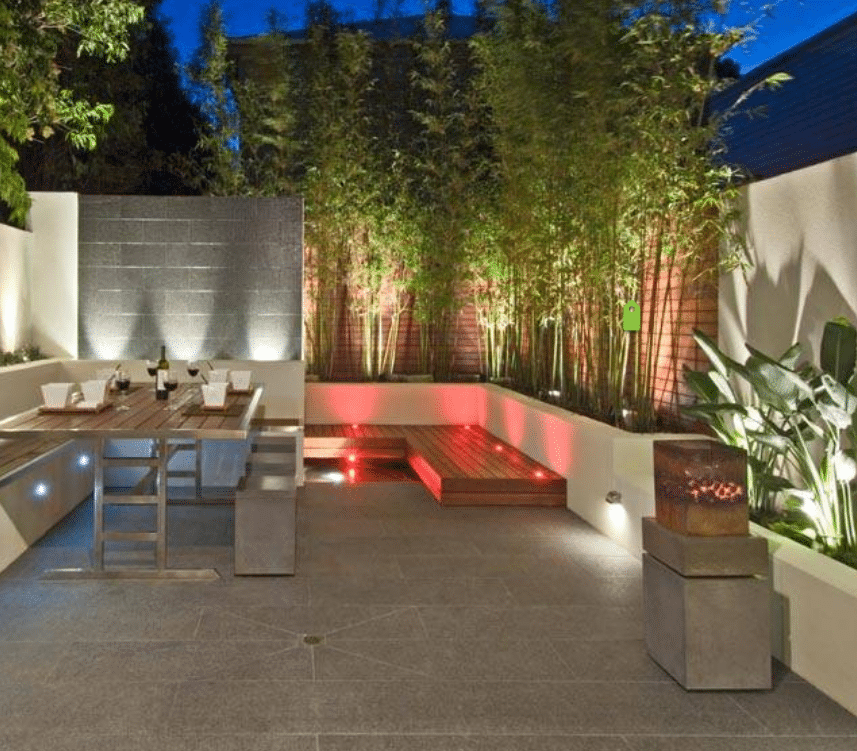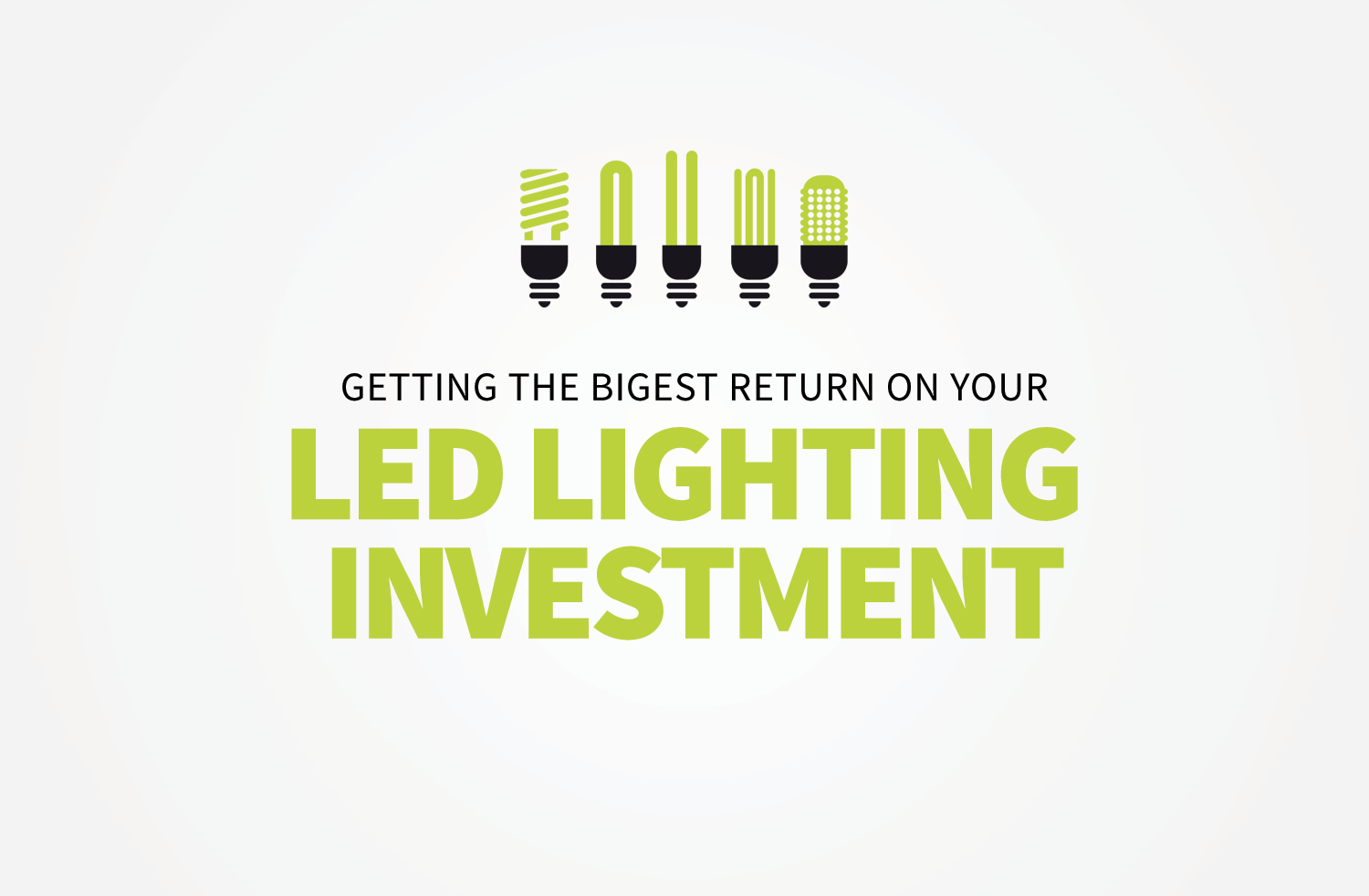5 Tips for Installing Outdoor LED Flood Lights Yourself

- LED University
- By Vennard
Flood lights may not be anything new, but LED flood lights are – only having gained significant traction on the exteriors of warehouses and commercial entities over the last few years. In a nutshell, outdoor LED flood lights have become a popular alternative to incandescent flood lights for the same reason that the 40 watt incandescent bulb is being replaced by LEDs in the home – for all of the technological benefits that have come to be realized (i.e. longer lasting, energy efficiency, cost savings, weather resistant, safe, etc.).
But purchasing an LED flood light from one of your trusted LED lighting suppliers is just the beginning – next comes the installation. And it’s the installation that can be a bit tricky. With that in mind, here’s a look at 5 tips for the functional installation of your outdoor LED flood light…
READ MORE: Not Sure What Lights You Need? Contact a Specialist
 Generally speaking, the placements where outdoor LED flood lights will do the best job are in the corners of a building and close to the roof. Installing too close to the ground, although it will translate to an easier installation, won’t provide a wide area of coverage for the facility. Corners, on the other hand, tend to be a favorite lurking spot for wrongdoers, largely because these areas are normally left darkened.
READ MORE: Learn Landscape Lighting Techniques
Generally speaking, the placements where outdoor LED flood lights will do the best job are in the corners of a building and close to the roof. Installing too close to the ground, although it will translate to an easier installation, won’t provide a wide area of coverage for the facility. Corners, on the other hand, tend to be a favorite lurking spot for wrongdoers, largely because these areas are normally left darkened.
READ MORE: Learn Landscape Lighting Techniques
Power Before Installing Outdoor LED Flood Lights
We kick things off with a tip that many DIY’ers – whether it’s in the home or commercial setting – fail at, and that’s connecting the power only after they’ve installed the flood light. It should always be the other way around – connect the power before you install it. The reason for this rule is simple. Think about it: If you connect the power after you install the light, you may realize you incorrectly positioned the light and it’s not doing the job you wanted. You may also realize that you’ve wired the lighting incorrectly. Connecting the power before installation allows you to essentially see where it will do the best job prior to installation and ensure that all is OK with the wiring. And that brings us to our next point…Proper Placement of the Lights
 Generally speaking, the placements where outdoor LED flood lights will do the best job are in the corners of a building and close to the roof. Installing too close to the ground, although it will translate to an easier installation, won’t provide a wide area of coverage for the facility. Corners, on the other hand, tend to be a favorite lurking spot for wrongdoers, largely because these areas are normally left darkened.
READ MORE: Learn Landscape Lighting Techniques
Generally speaking, the placements where outdoor LED flood lights will do the best job are in the corners of a building and close to the roof. Installing too close to the ground, although it will translate to an easier installation, won’t provide a wide area of coverage for the facility. Corners, on the other hand, tend to be a favorite lurking spot for wrongdoers, largely because these areas are normally left darkened.
READ MORE: Learn Landscape Lighting Techniques


